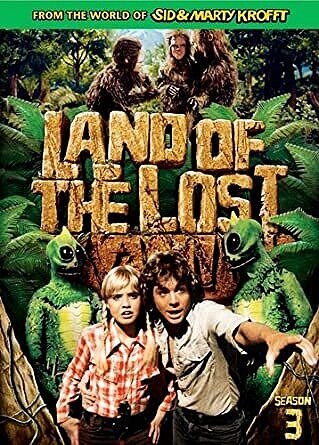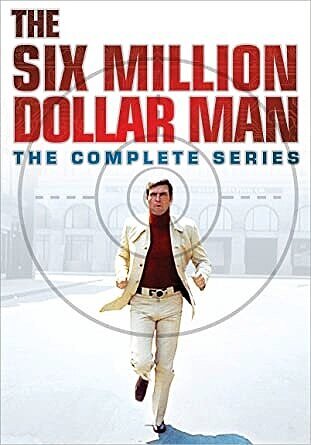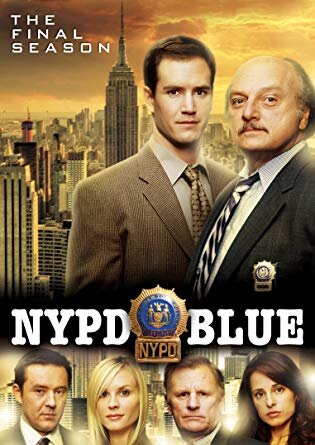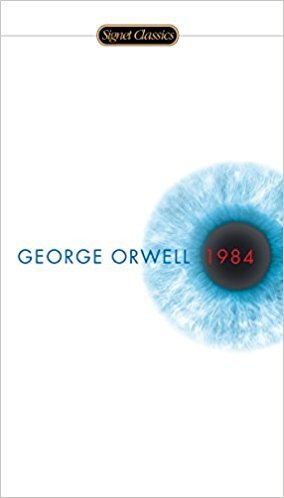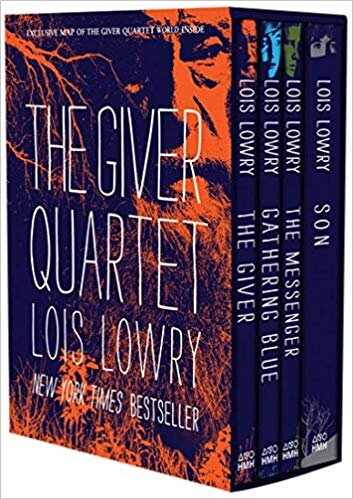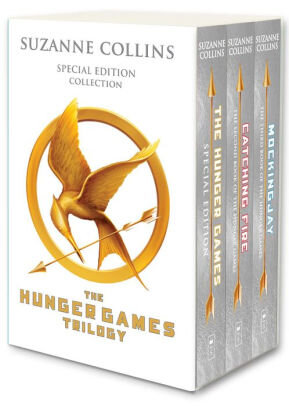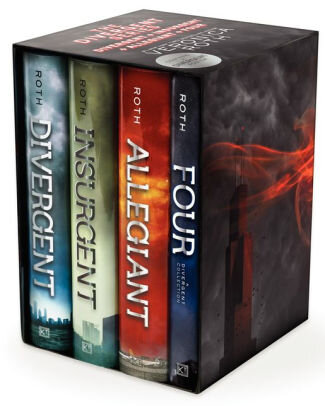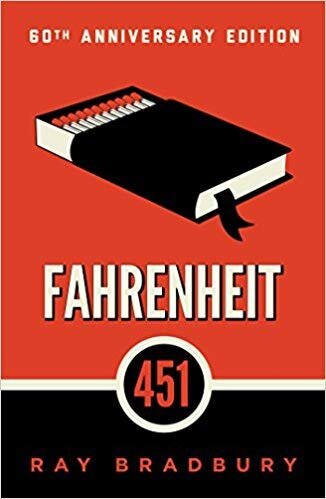ScreenLit: Movies and Television as Literature
If you’ve never thought of movies and television as literature, consider how the elements of plot, characterization, setting, conflict, and theme are the same ingredients in all the stories we love.
Whether you prefer reading books or watching movies, so many of our conversations revolve around our favorite stories.
If you’ve never thought about television and movies as literature, I’d like to introduce you to the idea. The elements of plot, characterization, setting, conflict, and theme are necessary ingredients for any story, and well-crafted elements make stories memorable and compelling. Why not think about them the same way we do literature?
Thinking about movies and television as a form of literature may change the way you think about them. It’s what moved me from a comatose couch potato to becoming an active viewer. “Active viewer” may sound like an oxymoron, but give me minute to tell you what it means.
Let’s talk about #ScreenLit.
I’ll be the first to admit that I spent many years as a book snob. You know—one of those people who is always saying "I’d rather be reading” in an obnoxiously superior tone.
In my defense, when I was a kid I got the message that movies and television were trite, shallow, far removed from reality, and a huge waste of time. Books, on the other hand, were by default vastly superior to anything on the screen. I mean, we didn’t have a television until I was 14 years old. So there ya’ go.
I think the combination of being a reader, a writer, and a parent has, over the years, given me a more appreciative attitude about the power of stories, especially those in movies and TV. The more I learned about the process of how a story was brought from the page to the screen, the more I wanted to learn, so I started watching behind-the-scenes footage and documentaries about the making of my favorite movies. I listened to interviews with screenwriters, directors, actors, cinematographers, and producers.
I had known it took talent and hard work to make a great movie, but the more I learned about film making, the more I realized how the collaborative effort of gifted storytellers created the stories we love on the screen. And considering how many people are involved, it pretty much looks like a miracle when it all comes together.
I also knew from experience that movies and television can have a huge impact on a young person. I often dreamed of being trapped in the Land of the Lost with Marshall, Will, and Holly. I wanted to be Quincy when I grew up. I thought it was entirely possible that Steve Austin was real.
When I became a parent, our days as a homeschool family often revolved around the books we were reading. However, as I learned more about movies and television, it occurred to me that I could teach my kids to treat movies and TV as literature by applying the same methods of story analysis we were using with books. This approach also helped me deal with the common parental fear of allowing my childrens’ brains to melt because of too much screen time.
The image of a couch potato often depicts our TV watching reality. You are on autopilot, in a mentally passive state, plopping your weary body on the sofa at the end of the day, allowing your favorite shows to help you escape.
Sure, TV watching is mostly passive. The story is laid out in full-color high-definition display, complete with special effects, sound effects, and your emotions follow the soundtrack. No wonder we describe watching TV as “vegging out.”
However, with all of the choices we have today, you don’t have to tolerate shallow plots, implausible characterization, and insipid dialogue in order to relax. It’s okay to expect quality on the screen as well as on the page.
If you are a parent, aunt, uncle, big brother or sister in someone’s life, the responsibility of role modeling and guiding a young mind puts a new lens on everything we do and view. That often includes our choices in entertainment. It’s a time-honored parental tradition to use children’s books to safely explore sensitive and controversial issues through different characters, situations, and worlds. Movies and TV offer us the same opportunity.
Check it out.
Storytelling
In order to be successful, movies and television must tell us satisfying and engaging stories. And most stories have the same basic elements.
Sometimes we are too quick to reduce a story to a series of plot points; what happened first, what happened next, and how it ended. But plot is much more complex than three acts with a corresponding commercial breaks. Plot is the path of the story, and it must remain in motion to keep us hooked, whether it flows at a leisurely pace or races to the climax.
Essential elements of a plot are:
The First Act, which introduces characters and settings. When you can’t orient yourself in the story, and you don’t care about the characters, it’s hard to feel motivated to keep watching.
The Inciting Event is when an event or antagonist forces the main character, or protagonist, to react in a way that sets the rest of the story in motion.
Rising Action shows us the protagonist continuing to react to the main conflict, being forced into more decisive action against whoever or whatever is acting as the antagonistic force. Sometimes the protagonist appears to be completely defeated.
In the Climax the main character gathers all his courage and resources for a final fight against the antagonistic force, and reaches a critical moment of decision. The fight doesn’t have to be physical; it can be an interior, emotional struggle as well. The protagonist may or may not be victorious, but they have made a crucial choice.
Loose ends of the plot are tied up in the Falling Action as characters react to the Climax.
The Resolution (or dénouement) is not necessarily the end of the story. It can be a happy or painful conclusion, but it shows us how our characters have changed—and sometimes how they have not changed. A satisfying resolution will give us indications of where their lives will go from that point.
Other essential story elements:
Characterization is how the characters develop and change over the course of the story because of the antagonistic force. This is often referred to as the “character arc.” It is the real reason we follow a story from plot point to plot point, in anticipation of how the characters are going to react to events and to each other.
Action and dialogue are key components of the character arc, moving the story forward and revealing character progression. Basically, we follow stories when we care what happens to the characters, and characterization determines whether or not we are emotionally affected by what the character does and what happens to them. How often have you lost interest in a story because you didn’t care about the characters?
Occasionally the main character doesn’t grow or change. While this could just be bad writing, sometimes no character arc IS the character arc. Just as in real life, people sometimes do not develop or mature. The best art reflects life back at us, and characters can be frozen in place mentally or emotionally, finding themselves left behind by those who have evolved and moved on.
Setting is also an essential element, whether it is a time, a place, a culture, or a planet. Setting can serve as a backdrop, such as in westerns, science fiction and fantasy, and historical dramas. Setting can also be the antagonistic force. In a conflict of Man vs. Nature, one of the main characters may be a snow-covered mountain or a storm at sea, making the setting itself feel like a character.
The Conflict hinges on what the protagonist wants, what is keeping him from it, or who is trying to take it away. The main character will usually have long term overarching goals that lead to the climax, but there are also short term goals that define scenes and serve as subplots.
Examples of conflict are:
Man vs. Man, which is often Good vs. Evil. However, the antagonist doesn’t have to be a bad person—they are just in opposition to the protagonist. They stand in the way of the main character getting what they need or want.
Man vs. Nature (or Environment), which can be a variety of things; a natural disaster, a pandemic, a dangerous animal, the merciless vacuum of space.
Man vs. Himself is when the protagonist is pitted against some aspect of their own character, such as cowardice, greed, prejudice, or addiction. They may be struggling against what they sees as their destiny, or trying to overcome intense fear. They foresee an upcoming loss or sacrifice and are acting in denial against the inevitable. This character is engaged in a battle of the mind or heart.
Man vs. Society pits the main character against the institutions, culture, religion, or traditions of their society. This is most obvious in dystopian fiction where the hero fights against a corrupt government. “Fish out of water” stories show the protagonist suddenly being immersed in a setting completely foreign to them. Sometimes this conflict is played to humorous effect, holding up a mirror to reflect back at us how ridiculous we humans can be.
Man vs. Technology plays on our concerns about how our own inventions can run amuck. Enter the killer robot, evil computer, or—how about an island full of cloned dinosaurs? Science fiction has given us many stories questioning the impact of technology on humanity, society, and nature.
Man vs. the Supernatural is a story where the antagonistic force is unnatural or inexplicable, so it is considered 'supernatural'. This, of course, includes the paranormal.
(In the above examples, the word “man” is used generically, and not to indicate specific gender.)
And then there's Theme:
Theme is an important story element because this is where we discern meaning. What is the writer trying to say? What do we take away from the story? It sounds intimidating, like some sort of psychological mumbo-jumbo, but it's fairly simple. Themes are derived from the actions and reactions of the characters, regardless of genre.
For example, police procedurals are a genre defined by certain elements. Whether it's Dragnet, NYPD Blue, or Criminal Minds, the story will have law enforcement as the protagonist, a crime as the main conflict, and a criminal (or criminals) as the antagonist. The procedural part comes in as the technical aspects of how crimes are solved.
However, just because a police procedural follows a formula doesn't mean the story is simple. Themes of courage, morality, and ethics may be seen in an episode where an officer has to decide whether or not to turn in his partner for putting others in danger, or breaking the law. It raises questions about defining ‘the greater good, what it means to be loyal, and the boundaries of friendship.
That's theme.
In Jurassic Park, with Man vs. Technology and Man vs. Nature, one of the themes is elegantly summed up by Ian Malcolm, who says:
". . .scientists were so preoccupied with whether or not they could that they didn't stop to think if they should."
In this techno-thriller, man's brilliance, imagination, and scientific progress are eclipsed by his arrogance, and as a result, people are being chased and eaten by dinosaurs. Good stuff.
Dystopian fiction shows us a world controlled by corrupted power, and how a brave few choose to fight the status quo against overwhelming odds. Fahrenheit 451, The Giver, and 1984 are classic dystopian novels. Modern versions of this theme are The Hunger Games and Divergent. These stories invite us to ask "Could this really happen?" and "What would I do in that situation?" It's notable that all of these books have been adapted for the big screen with a fair amount of success.
Themes convey messages to us about how the world really is, but also how it should be.
Sometimes I wonder why we are so fascinated by apocalyptic tales. A zombie virus decimates mankind in long tradition of survival stories, from George Romero’s Night of the Living Dead to The Walking Dead; massive destruction occurs in The Day After and The Day After Tomorrow; threats from space by asteroids and aliens brought us Deep Impact and Independence Day. Woven together in these stories are themes of sacrifice and redemption as people risk their lives to protect others, sometimes sacrificing themselves to save total strangers.
I think we want to see characters survive in these Worst Case Scenarios by being brave, resourceful, and even ruthless; their desire to live and protect the ones they love battles against their fear of failure, or of losing their humanity. And as you put yourself in their shoes, you wonder if you’d make the same call.
I enjoy thinking back on how television and movies have influenced me. Some of our earliest lessons about life were learned because we immersed ourselves in a story. You can feet sorrow as someone grieves over the death of the loved one, cheer as they overcame a disability, experience dread over the consequences of self destructive behaviors.
Many of our fears are rooted in things we saw as children. Dolls, clowns, water, flying, spiders, and The Closet Monster.
We identified with our favorite character's struggles, and rooted for the underdog - or maybe even Underdog himself.
I think most of us at some point have been deeply affected by movies and television, and whether you feel love, fear, or ambivalence about that, TV and movies make up much of our cultural lexicon. From avid fans who love to gush about Buffy the Vampire Slayer to hot debates over Star Wars and Star Trek, stories give us ways to connect and understand each other. It’s a wonderful opportunity to be able to discern the meaning, importance, and implications of what we watch, just as we do with what we read.


